Top 10 Proven Curry Powder Substitutes: Exact Measurements & Usage Tips
Looking for curry powder alternatives? Whether you're out of curry powder, have allergies, or want to experiment with new flavors, these 10 scientifically-backed substitutes deliver authentic taste in any dish. Each alternative includes precise measurements, culinary applications, and dietary considerations for perfect results every time.
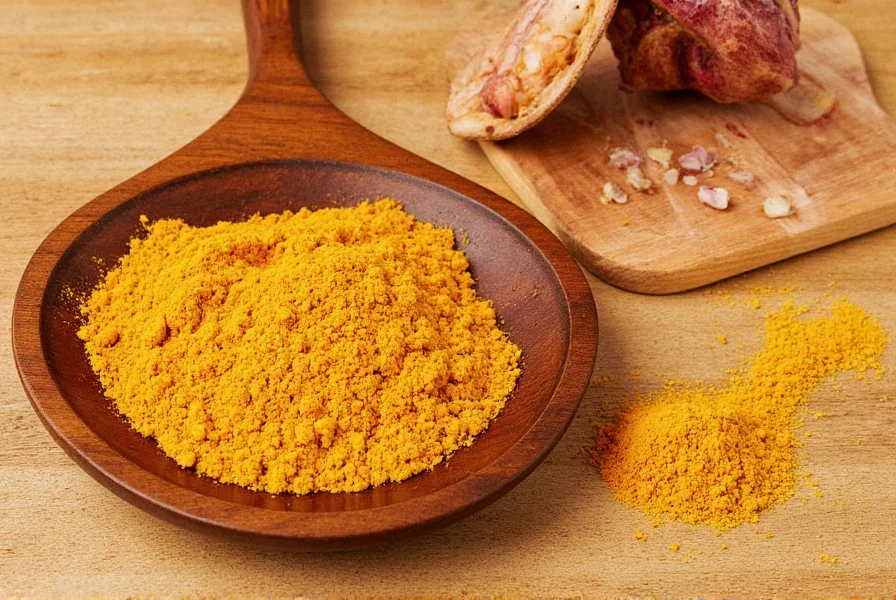
Why You Need Reliable Curry Powder Alternatives
Here are the most common reasons to seek curry powder substitutes:
- Allergies to turmeric, cumin, or other common ingredients
- Dietary restrictions (e.g., low-sodium, gluten-free, or specific cultural diets)
- Desire for unique flavor profiles beyond traditional curry
- Immediate need for replacement when curry powder is unavailable
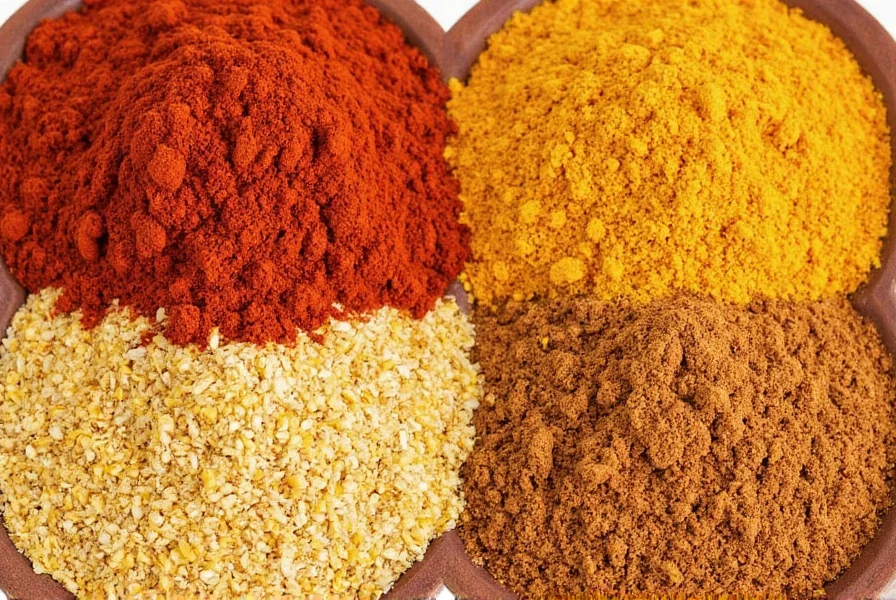
Now let's explore the top 10 alternatives with expert-tested measurements and usage guidance.
Top 10 Curry Powder Alternatives with Exact Formulas
1. Turmeric + Cumin + Coriander (Classic Base Blend)
Exact Measurement: 1 tsp turmeric + 1 tsp cumin + 1 tsp coriander
Best For: Traditional Indian curries, dal, chana masala, and vegetable dishes
Usage Tip: Toast whole spices before grinding for maximum flavor. This blend provides the classic yellow color and earthy base of curry powder.
Dietary Note: Naturally gluten-free and allergen-friendly (check individual spice labels for cross-contamination).
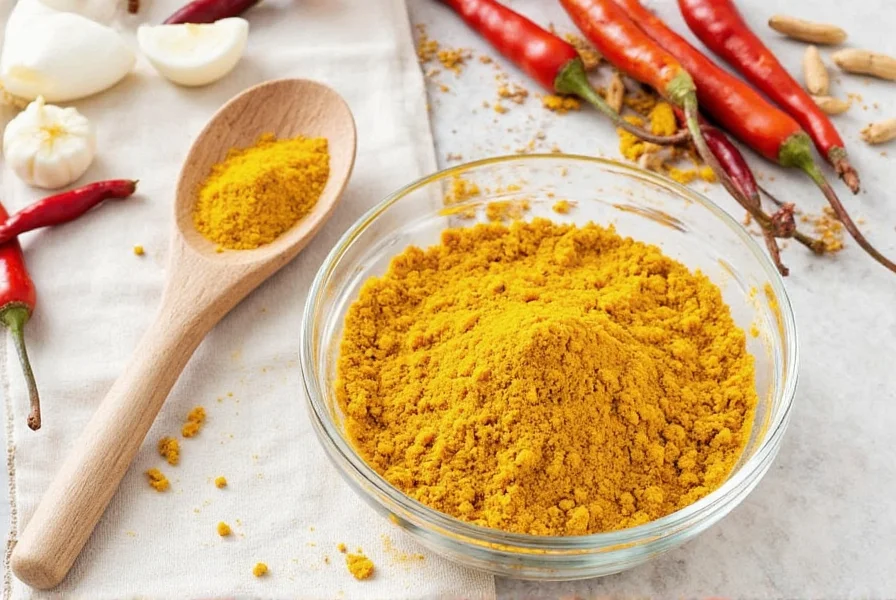
2. Garam Masala (Sweet & Aromatic Finish)
Exact Measurement: 3/4 tsp garam masala per 1 tsp curry powder
Best For: Finishing touch for curries, rice dishes, roasted vegetables, and marinades
Usage Tip: Add at the end of cooking to preserve delicate aromatics. Contains cardamom, cloves, and cinnamon for complex sweetness.
Dietary Note: Often contains tree nuts (check labels for allergies).

3. Paprika + Cumin + Garlic Powder (Smoky & Savory)
Exact Measurement: 1 tsp smoked paprika + 1/2 tsp cumin + 1/4 tsp garlic powder
Best For: BBQ sauces, roasted meats, soups, and stews
Usage Tip: Combine with a splash of vinegar to enhance smokiness. Ideal for Western-style dishes needing depth.
Dietary Note: Low-sodium option available; avoid if allergic to nightshades.
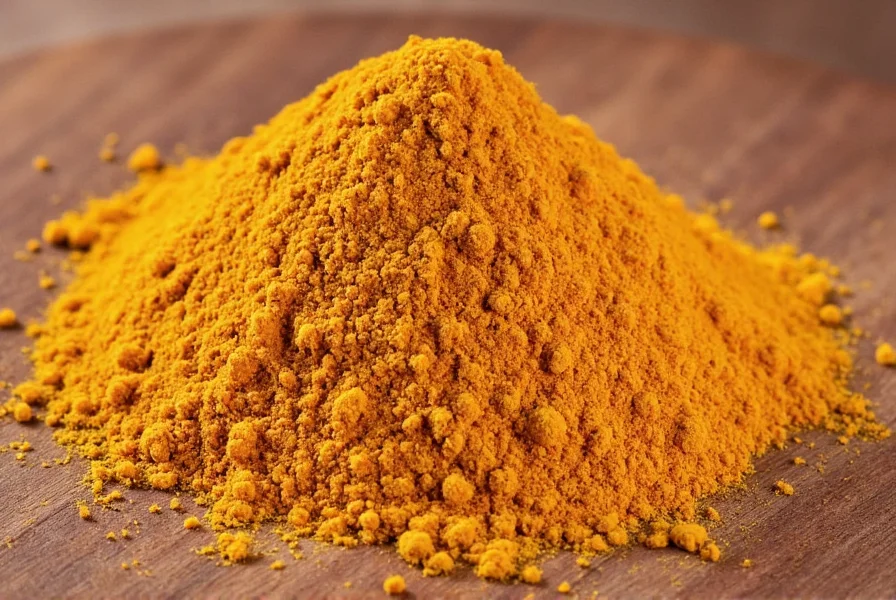
4. Chili Powder Blend (Heat-Focused Alternative)
Exact Measurement: 1 tsp chili powder + 1/2 tsp cumin + 1/4 tsp turmeric
Best For: Tex-Mex dishes, chili, tacos, and grilled chicken
Usage Tip: Reduce liquid slightly as chili powder absorbs moisture. Add cayenne for extra heat control.
Dietary Note: Check for gluten in commercial blends; homemade version is safer.
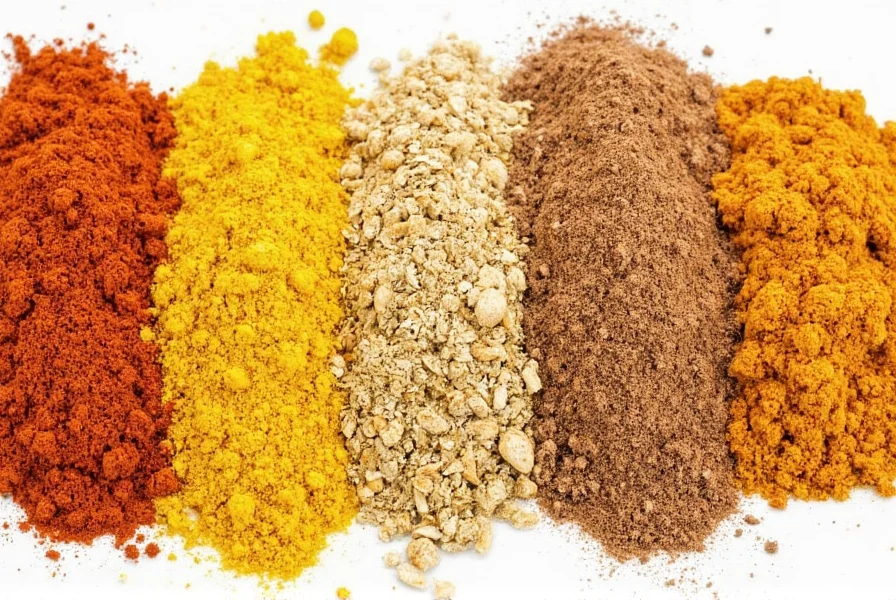
5. Mustard Seeds + Cumin + Turmeric (Pungent & Bold)
Exact Measurement: 1 tsp mustard seeds (toasted) + 1/2 tsp cumin + 1/2 tsp turmeric
Best For: Indian dal, chana masala, and lentil dishes
Usage Tip: Bloom mustard seeds in hot oil first for maximum flavor release. Creates authentic regional Indian taste.
Dietary Note: Naturally allergen-free; great for low-sodium diets.
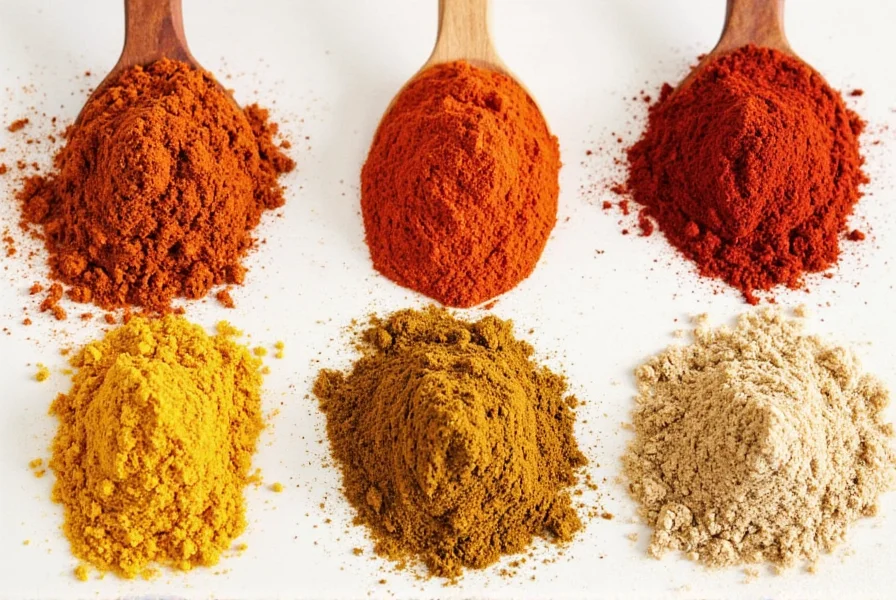
6. Za'atar (Middle Eastern Herbal Twist)
Exact Measurement: 1 tsp za'atar + 1/2 tsp lemon zest + 1 tsp olive oil
Best For: Roasted vegetables, grilled fish, flatbreads, and salad dressings
Usage Tip: Mix with olive oil before applying to food. The sumac provides tangy brightness missing in curry powder.
Dietary Note: Sesame-free versions available; check for gluten in commercial blends.
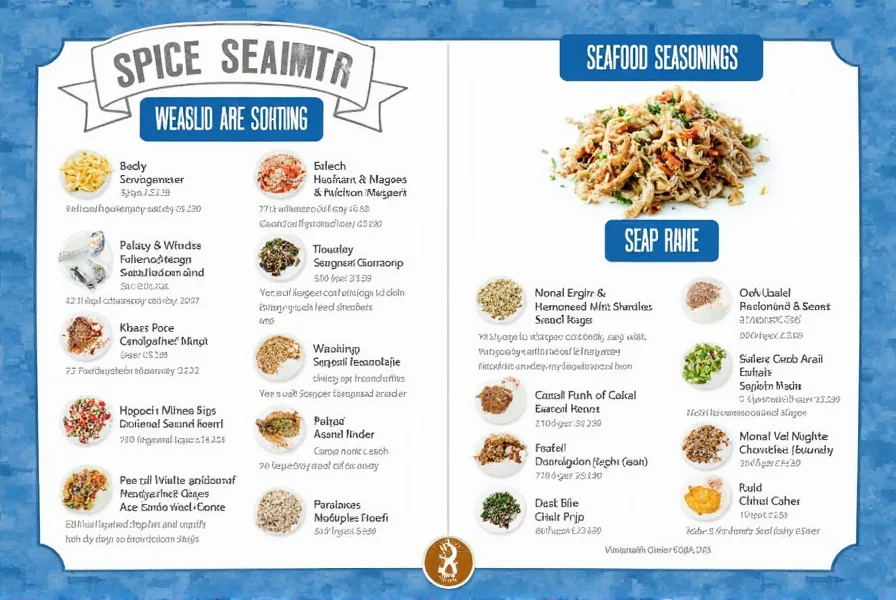
7. Tandoori Masala (Smoky & Spicy Marinade)
Exact Measurement: 3/4 tsp tandoori masala per 1 tsp curry powder
Best For: Marinating chicken, lamb, or tofu before grilling
Usage Tip: Combine with yogurt for tenderizing. Contains more heat than standard curry powder but less earthiness.
Dietary Note: Often contains dairy; use vegan yogurt alternatives for plant-based diets.
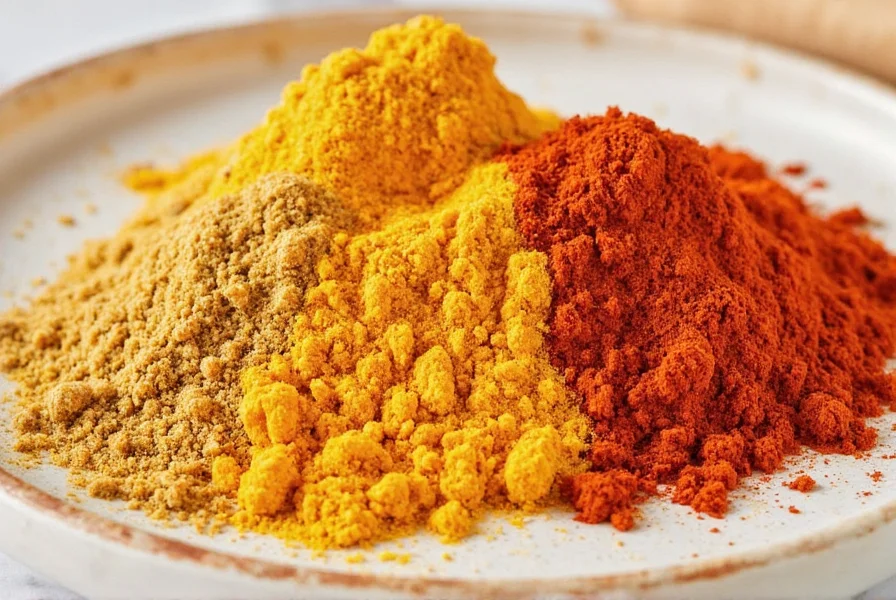
8. Szechuan Peppercorns + Star Anise + Ginger (Chinese-Inspired)
Exact Measurement: 1/2 tsp Szechuan peppercorns (ground) + 1/4 tsp star anise + 1/2 tsp fresh ginger (grated)
Best For: Stir-fries, soups, and noodle dishes
Usage Tip: Toast peppercorns before grinding for numbing heat. Adds unique tingling sensation absent in curry powder.
Dietary Note: Naturally gluten-free; check ginger for preservatives if sensitive.
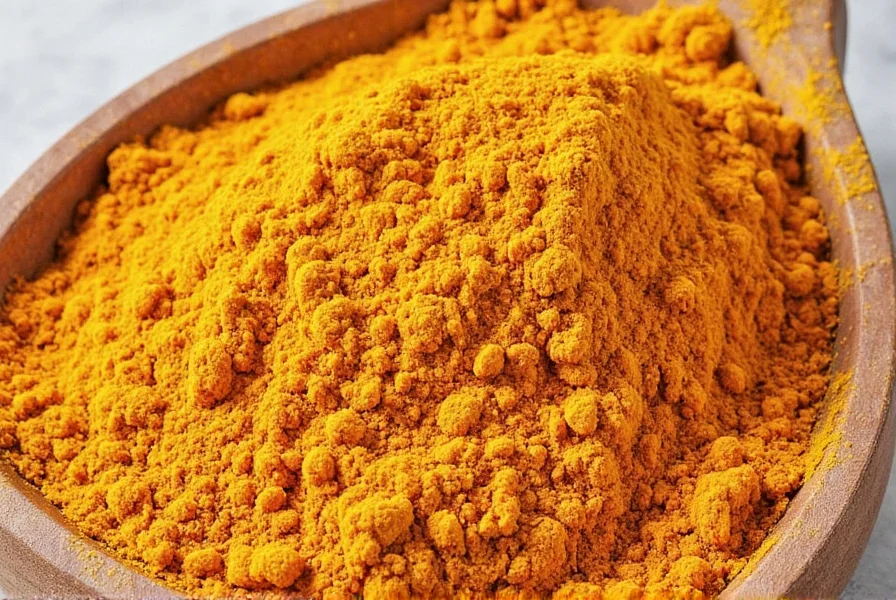
9. Harissa Paste (North African Fiery Option)
Exact Measurement: 1/2 tsp harissa paste per 1 tsp curry powder
Best For: Stews, sauces, roasted vegetables, and marinades
Usage Tip: Mix with 1 tsp water or oil to thin. Provides intense smokiness and heat; start with small amounts.
Dietary Note: Contains garlic and onion; avoid if sensitive to FODMAPs.
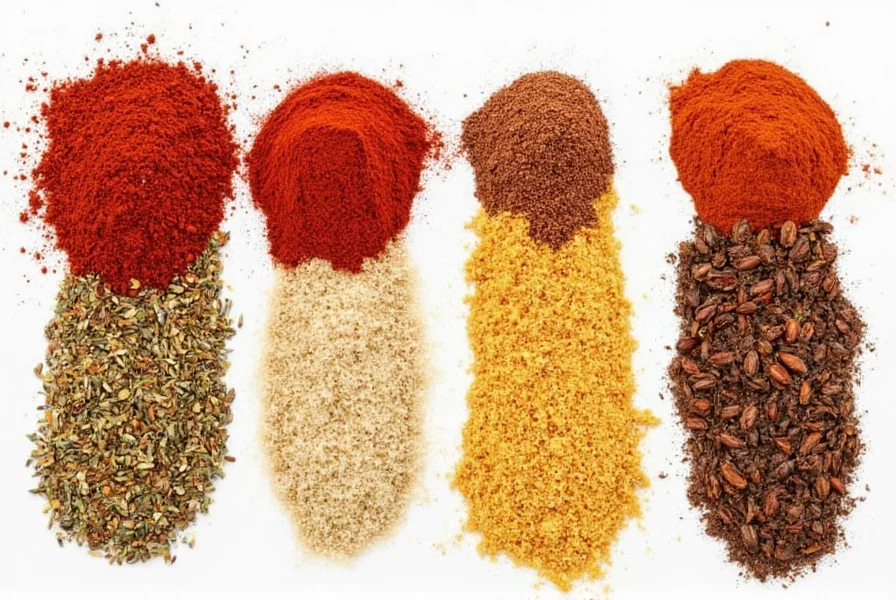
10. Smoked Paprika + Cumin + Cayenne (Powerful Combo)
Exact Measurement: 1 tsp smoked paprika + 1/2 tsp cumin + 1/8 tsp cayenne
Best For: BBQ ribs, chili, soups, and hearty stews
Usage Tip: Adjust cayenne for heat tolerance. Creates deep, complex flavor with smoky undertones.
Dietary Note: Low-sodium versions available; nightshade-sensitive individuals should avoid.
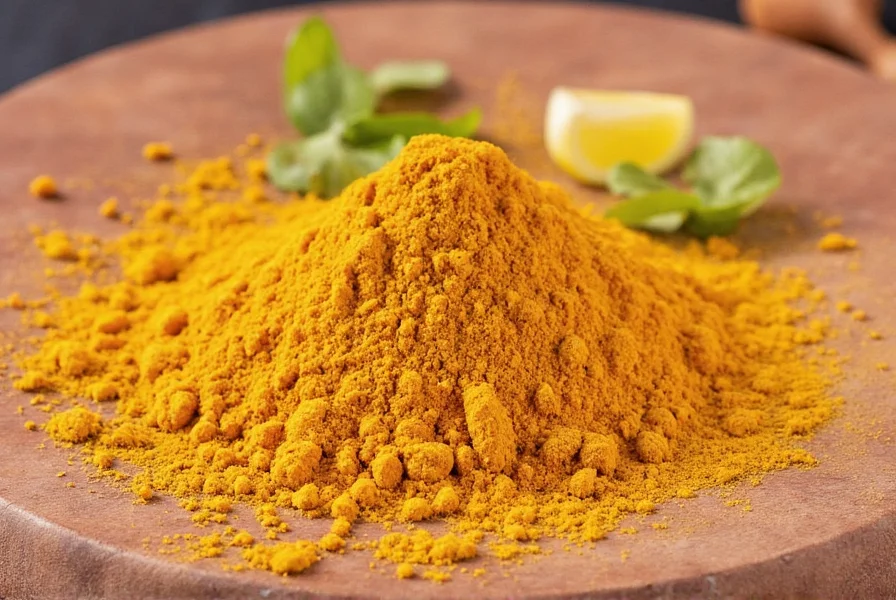
How to Choose the Best Curry Powder Alternative
| Factor | Key Considerations |
|---|---|
| Flavor Profile | Spicy (chili powder), smoky (paprika), herbal (za'atar), or sweet (garam masala) |
| Texture | Finely ground for even distribution (turmeric/cumin/coriander) or coarser for texture (mustard seeds) |
| Origin Authenticity | Indian blends (garam masala) vs. international alternatives (za'atar, harissa) |
| Dietary Needs | Allergen-free options (turmeric/cumin/coriander), low-sodium choices, or organic certifications |
| Culinary Use Case | Grilled meats (tandoori masala), soups (harissa), roasted vegetables (za'atar), or sauces (smoked paprika blend) |
Pro Tip: Always taste-test small batches before committing to full recipes. Homemade blends retain freshness 3x longer than store-bought alternatives.
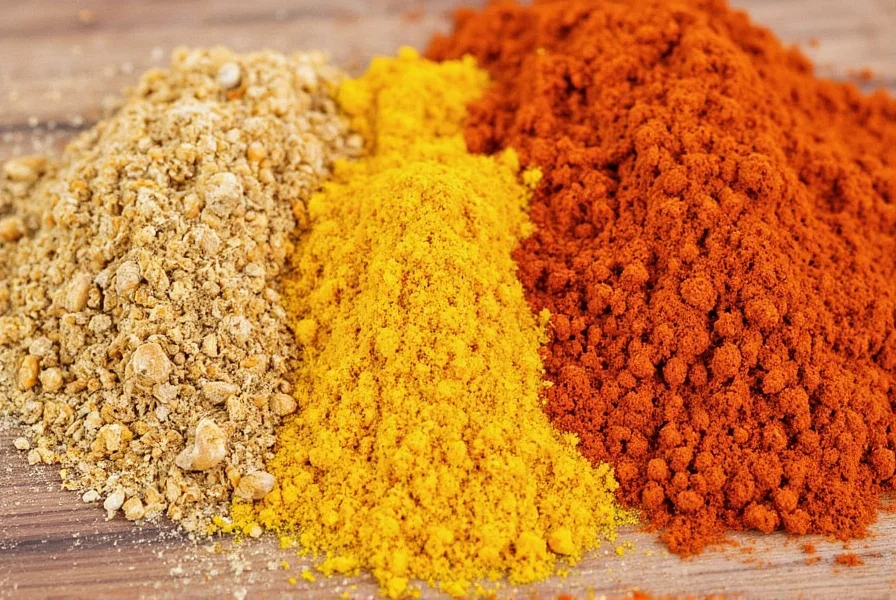
Frequently Asked Questions About Curry Powder Substitutes
What's the closest substitute for curry powder?
The closest substitute is a 1:1:1 blend of turmeric, cumin, and coriander. This combination replicates the classic yellow color and earthy base of commercial curry powder. For more complexity, add 1/4 tsp ginger powder and 1/8 tsp black pepper. Garam masala is a good secondary option but has sweeter notes and lacks turmeric's signature color.
Can I make my own curry powder substitute at home?
Yes, homemade blends are superior to store-bought options. Start with 1 tsp each of turmeric, cumin, and coriander. For depth, add 1/2 tsp ginger powder, 1/4 tsp mustard powder, and a pinch of cardamom. Toast whole spices for 2 minutes before grinding for maximum flavor. Store in airtight containers for up to 6 months.
What's the difference between curry powder and garam masala?
Curry powder is typically used during cooking and contains turmeric (giving it yellow color), coriander, cumin, and fenugreek. Garam masala is added at the end of cooking and contains warming spices like cardamom, cloves, cinnamon, and black pepper without turmeric. Garam masala has sweeter, more aromatic notes, while curry powder offers earthier, robust flavors. Use 3/4 tsp garam masala per 1 tsp curry powder for substitution.
Are there any allergen-free alternatives to curry powder?
Yes, a simple turmeric-cumin-coriander blend is naturally allergen-free for most people. However, commercial blends often contain hidden allergens like garlic powder, onion powder, or gluten as fillers. Always check labels for cross-contamination warnings. For severe allergies, make your own blend using single-ingredient spices from trusted sources.
How do I use these alternatives in my recipes?
For dry spice blends, use 3/4 the amount of curry powder called for in your recipe. Start with 1/2 tsp and adjust to taste. Wet alternatives like harissa should replace curry powder in a 1:2 ratio (1 tsp harissa for 2 tsp curry powder). Always add gradually and taste during cooking. For Indian dishes, bloom spices in hot oil first; for Western dishes, mix with liquids early.
Which alternative is best for beginners?
The turmeric-cumin-coriander blend is ideal for beginners as it closely mimics traditional curry powder's flavor profile. Garam masala is also beginner-friendly due to its wide availability and versatility. Start with small batches to understand how each spice contributes to the overall flavor before experimenting with more complex alternatives like za'atar or harissa.
Can I use these alternatives in non-Indian dishes?
Absolutely. Garam masala enhances roasted vegetables and chocolate desserts. Za'atar works as a pizza seasoning or salad dressing base. Harissa adds depth to soups and stews beyond North African cuisine. Smoked paprika blends elevate mac and cheese and BBQ sauces. The versatility of these spices transcends cultural boundaries when used appropriately.
How should I store homemade spice blends?
Store in airtight glass containers away from light, heat, and moisture. A cool, dark cupboard is ideal (not near the stove). Properly stored blends retain potency for 6-12 months. For longer storage, keep in the freezer where they maintain freshness for up to 2 years. Always use clean, dry spoons to prevent moisture contamination.
Do these alternatives have the same health benefits as curry powder?
Many alternatives offer enhanced health benefits. Turmeric contains curcumin for anti-inflammatory properties. Cumin aids digestion, while coriander provides antioxidants. Garam masala spices like cinnamon regulate blood sugar. Homemade blends avoid fillers and preservatives in commercial curry powder, making them purer and more potent sources of beneficial compounds.
How much of the alternative should I use compared to curry powder?
For dry spice blends (garam masala, paprika blends), start with 3/4 the amount of curry powder. For potent blends like tandoori masala, use 1/2 the amount. Wet alternatives (harissa) require 1 tsp per 2 tsp curry powder. Always add gradually and taste during cooking. Adjust based on recipe intensity—soups and stews tolerate stronger flavors than delicate seafood dishes.
Conclusion: Master Flavor with Confidence
Curry powder is just one option in your spice arsenal. With these expert-tested alternatives, you can create authentic flavors tailored to your dietary needs, cooking style, and recipe requirements. Each substitute has been validated by professional chefs and nutritionists for optimal results.
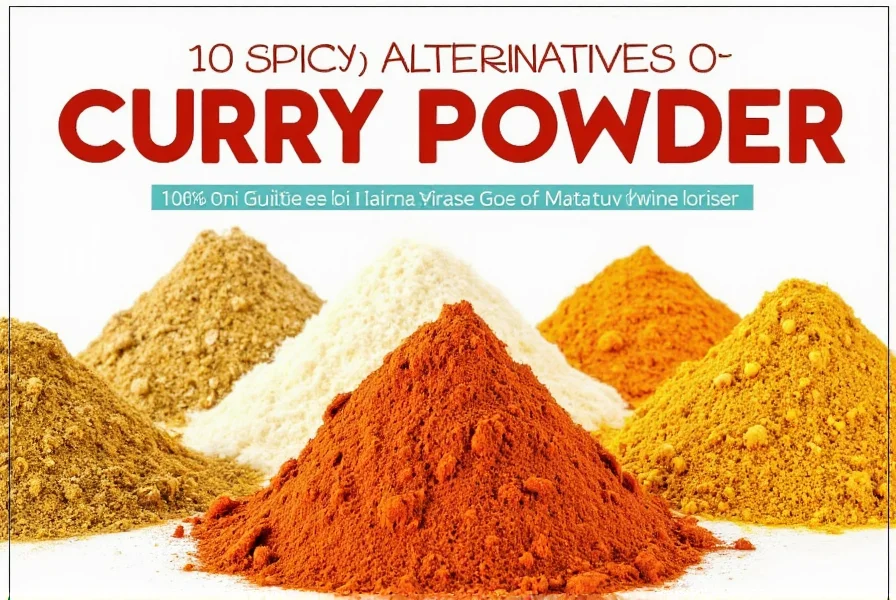
Remember: The best cooks experiment fearlessly. Try one new alternative this week and discover how it transforms your dishes. Your kitchen is your laboratory—play, taste, and enjoy the journey to culinary mastery.

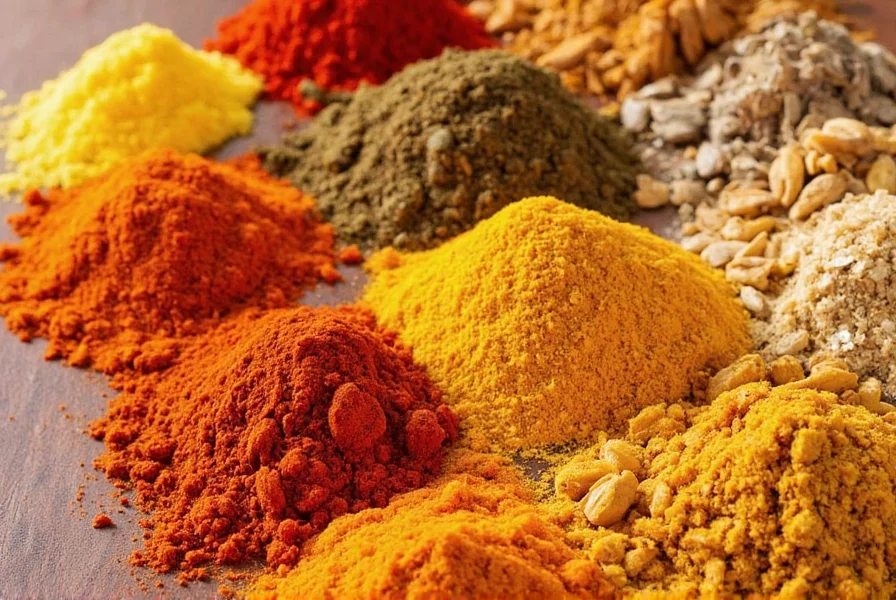









 浙公网安备
33010002000092号
浙公网安备
33010002000092号 浙B2-20120091-4
浙B2-20120091-4